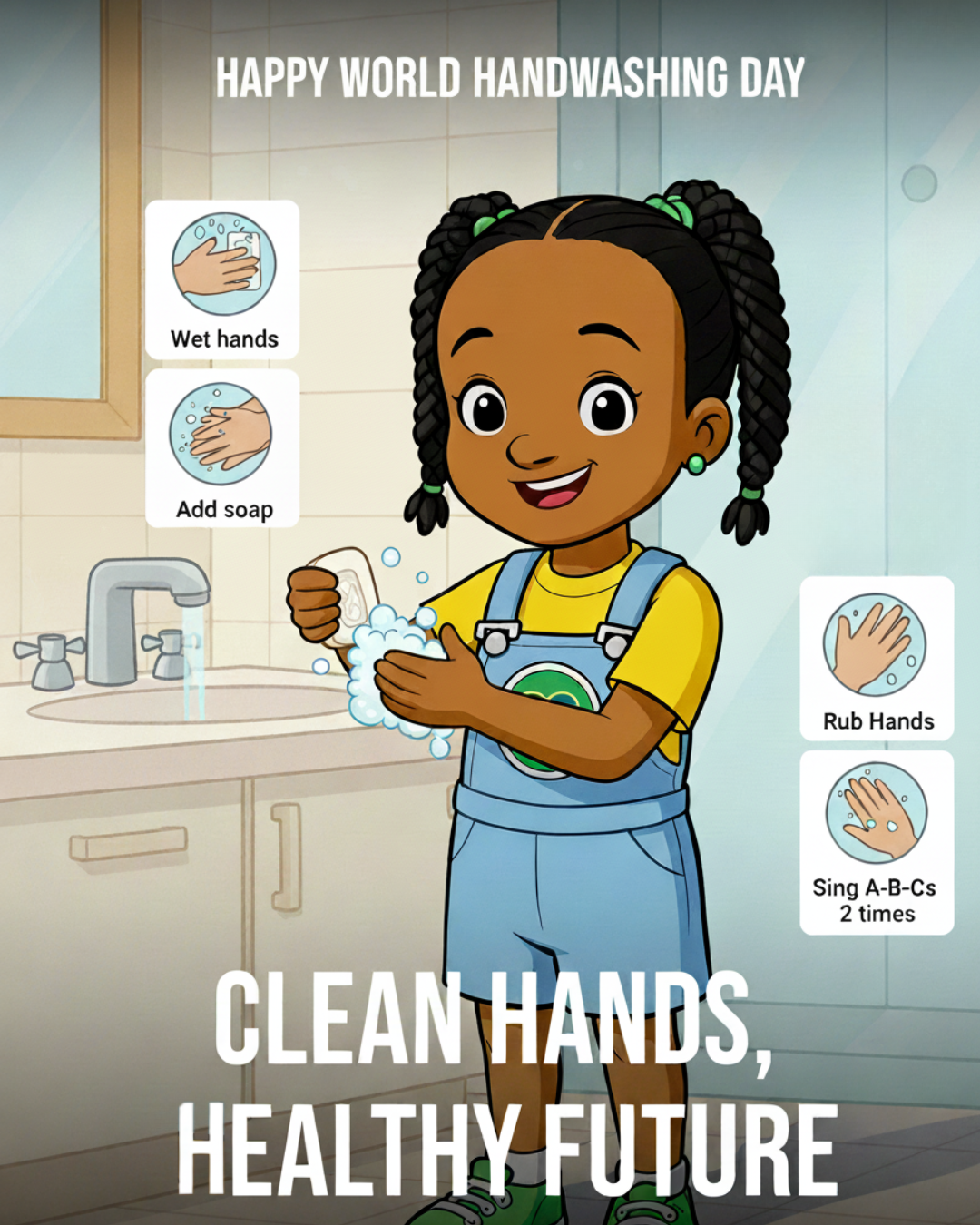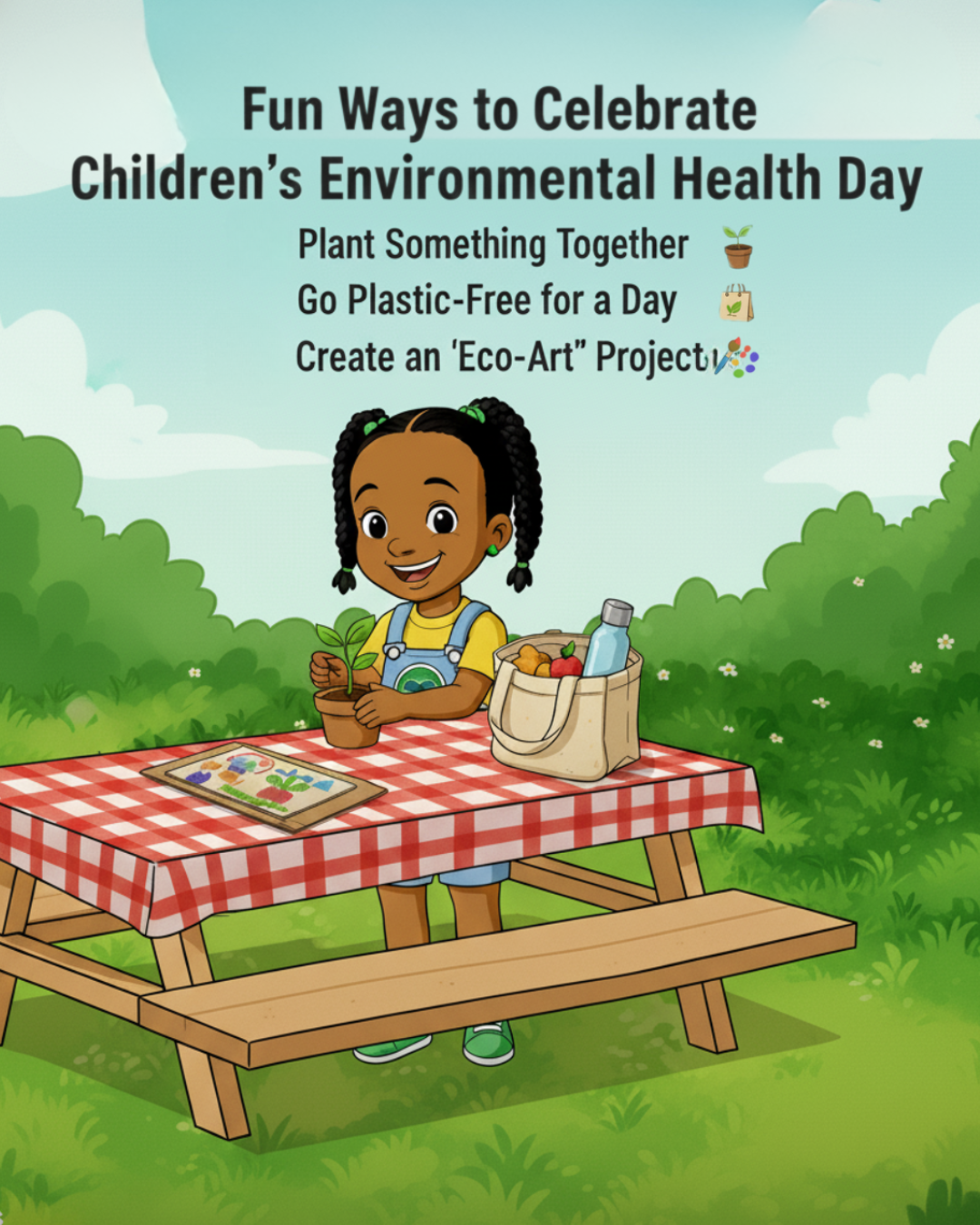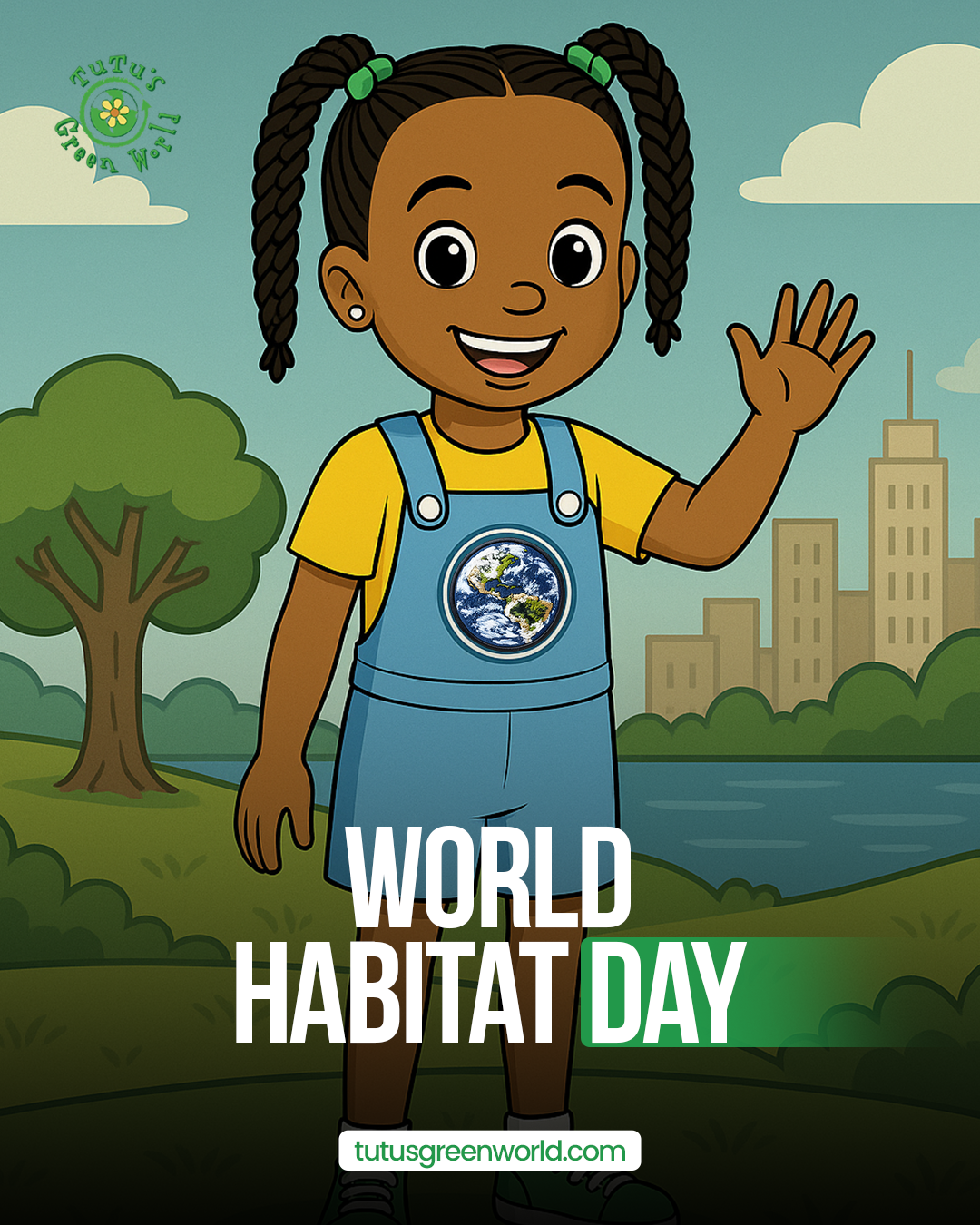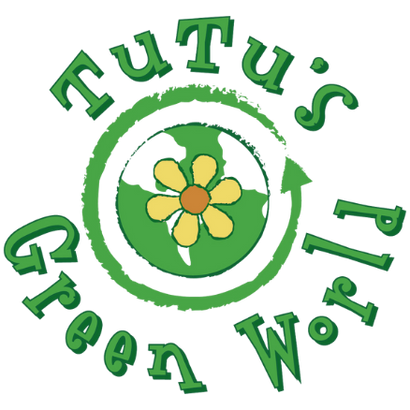
Environmental Books for Kids


Begin by choosing and reading a selection of age-appropriate books about going green. I designed my book specifically to introduce eco-friendly concepts kids can understand. There are so many great options to choose from. Here are some of my favorite titles that empower children to be change agents for our world:
The Berenstain Bears Go Green
The Berenstain Bears Go Green starts when the family discovers that the town dump is overflowing. It’s spilling garbage into the water! Can the Berenstain bears find a pollution solution before their beloved county is filled with garbage?
The Big Beach Cleanup
The Big Beach Cleanup is about a girl named Cora who is excited to enter the local sandcastle-building contest―until the contest is canceled due to litter at the beach. Determined to help save their favorite place, Cora and Mama get to work picking up the single-use plastics that have washed onto the shore. It will take more than four hands to clean up the beach, but Cora is just getting started.
Heroes of the Environment
Heroes of the Environment is true stories of 12 people from across North America who work to help save the environment. Heroes include a teenage girl who figured out how to remove an industrial pollutant from the Ohio River, a Mexican superstar wrestler who works to protect turtles and whales, and a teenage boy from Rhode Island who helped his community and his state develop effective e-waste recycling programs.
Rocket Says Clean Up!
Rocket Says Clean Up! - Rocket, is off to the islands to visit her grandparents. Her family loves nothing better than to beach comb and surf together...but the beach is clogged with trash! When she finds a turtle tangled in a net, Rocket decides that something must be done! Like a mini Greta Thunberg, our young activist's enthusiasm brings everyone together...to clean up the beach and prevent plastics from spoiling nature.
What a Waste
What a Waste is an educational book will teach young budding ecologists about how our actions affect planet Earth and the big impact we can make by the little things we do.
But books are just the jumping-off point. To really build comprehension and bring home the message, how you and your child talk about and act upon a book’s messages are key. In fact, research shows that parent-child conversation around story time involves more complex language and more diverse vocabulary than usual. It gets the child thinking and deepens their understanding, meaning your read-aloud time packs a lot more punch.

Also in TuTu's Green Stuff Blog

Global Handwashing Day: Wash, Protect, and Shine 🌎🫧
Every year on October 15, people all around the world celebrate Global Handwashing Day. It might sound simple, but this day is a powerful reminder of how one small habit, washing your hands properly, can make a huge difference in keeping you and others healthy. From classrooms to sports fields, clean hands are a key part of staying safe and strong.

A Healthier Planet, A Healthier You: Celebrating Children’s Environmental Health Day
Every October, Children’s Environmental Health Day reminds us that caring for our planet means caring for ourselves. 🌎 First established in 2016 by the Children’s Environmental Health Network, the day shines a spotlight on the connection between a healthy environment and the well-being of children everywhere. It encourages kids, families, and communities to take simple steps that protect the earth and create a healthier world for future generations.

🌍 Habitat Heroes: How Youth Can Protect Homes for People and Wildlife
Every year, on the first Monday of October, people all around the world come together to celebrate World Habitat Day. This special day was created by the United Nations back in 1985 to remind us of two very important things. First, that every single person has the right to adequate shelter. Second, that we all share the power and responsibility to shape the future of our cities, towns, and natural spaces.






